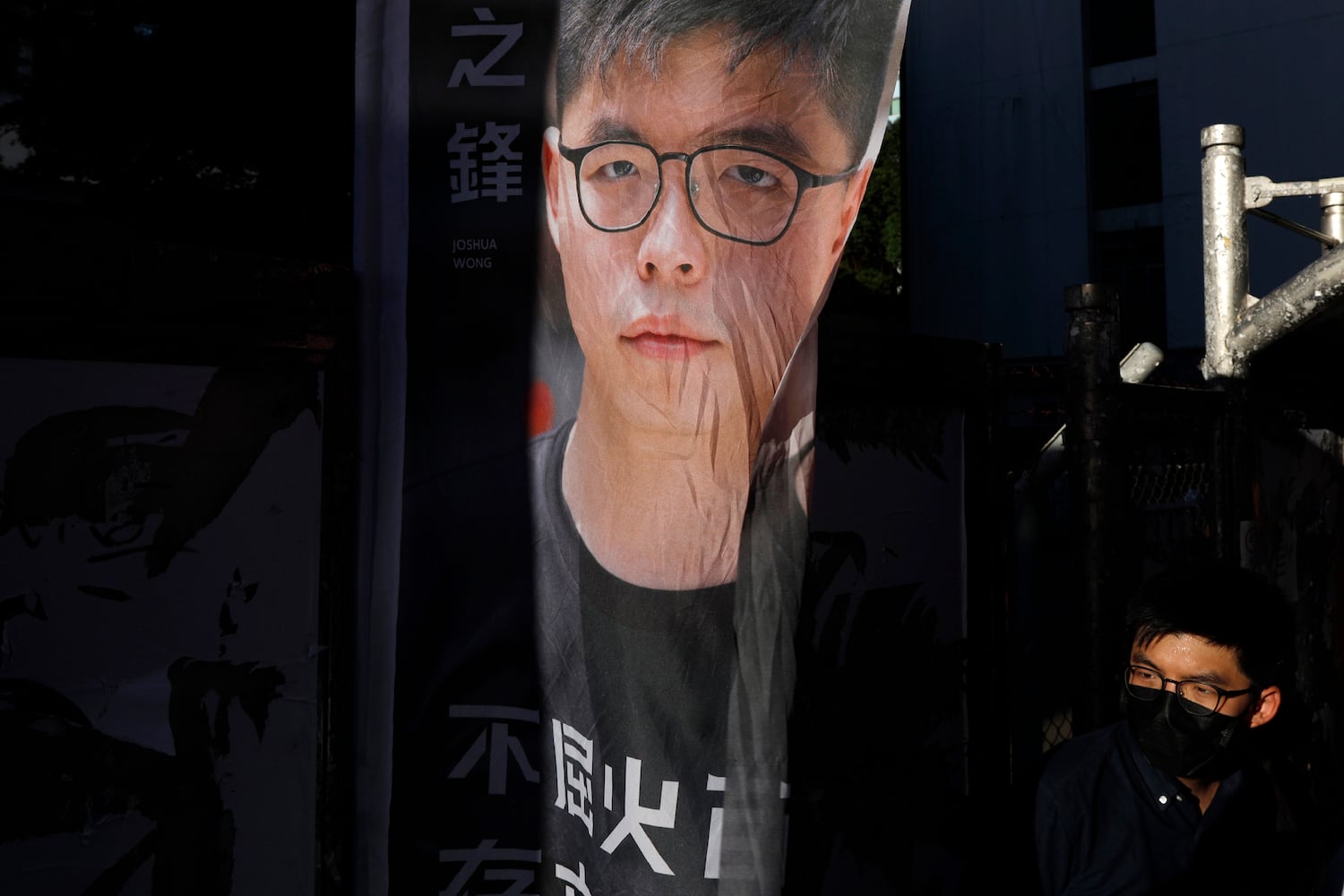Residents, tourists find fault with ‘new’ renovation of Hoi An bridge
The 16th century covered bridge in the central Vietnam town is featured on Vietnam’s 20,000 dong note.



The renovation of an iconic 16th century covered bridge in the central Vietnam tourist destination of Hoi An has prompted criticism from residents who say the new look doesn’t follow the bridge’s historical style.
Work on the Japanese bridge began a year ago. Complaints began trickling into local officials recently after it was repainted with brighter colors that one nearby resident called “garish” and “annoying.”
The VND20 billion (US$800,000) budget for the restoration work should have included consultations with experienced experts in order to preserve the bridge’s authenticity, said the resident, who didn’t want to be named for safety reasons.
“They did things carelessly and then had to do the correction after a public outcry,” the resident said. “If you aren’t qualified and skillful enough, don’t take on projects that restore ancient structures.”
Hoi An’s city chairman ordered workers to repaint the bridge a second time to return it to something closer to its original appearance, a construction specialist in central Vietnam told Radio Free Asia.
“Restoration work must adhere to the principle of not making monuments and relics look new – they should preserve their weathered, ancient appearance,” he said.
Japanese merchants who had their own enclave in what was then a bustling international trading town began building the 18 meters (59 feet) long bridge in 1593.
Hoi An at the time included a Chinese neighborhood and a heavy presence from the Dutch East India Company.
Cracks in its pillars
The bridge has been renovated several times over the last 400 years. The preserved neighborhood around the bridge was named a UNESCO World Heritage site in 1999.
In 2006, the government issued a 20,000 dong note featuring the bridge, which is also known as the Cau Pagoda bridge and includes a small temple on its north side.
According to Vietnamese media, the bridge had deteriorated significantly by 2022, with cracks showing in its foundations and pillars. Several columns and the rafters were also damaged, local media reported.
“Almost all experts that I know clearly outlined the prudent and meticulous steps involved in the restoration and to preserve the original features to the greatest extent possible,” said Hoang Dung, a linguistic and cultural researcher in Saigon.
“However, many people have noted that, given the public's familiarity with its aged appearance, the overly new look might be jarring,” he said. “These reactions, of course, stem from a love for our national heritage.”
The renovation project was expected to be completed on Aug. 3, with an unveiling ceremony as part of the 20th Hoi An-Japan Cultural Exchange celebrations.
Similarly, the 2015 restoration of the Hanoi Opera House was also criticized for its use of overly bright colors. It was also repainted again to give it an older look.
Translated by Anna Vu. Edited by Matt Reed.
This article has been sourced from various publicly available news platforms around the world. All intellectual property rights remain with the original publishers and authors. Unshared News does not claim ownership of the content and provides it solely for informational and educational purposes voluntarily. If you are the rightful owner and believe this content has been used improperly, please contact us for prompt removal or correction.











